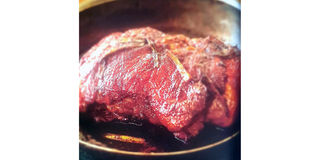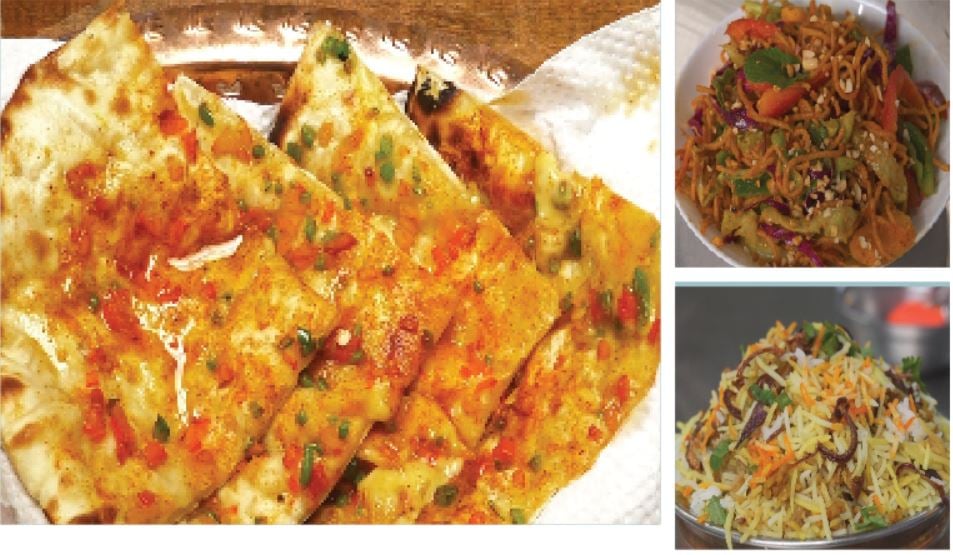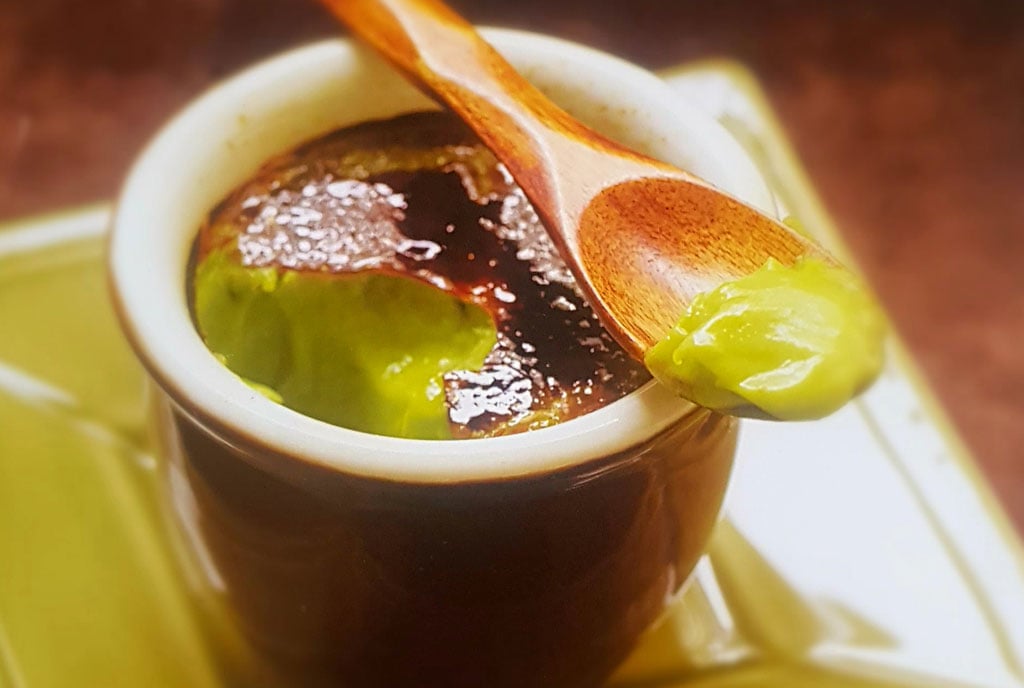Long cooked pork shoulder

Long cooked pork. PHOTO/A Kironde
What you need to know:
- Revive. There are various ways of preparing pork. Long cooked pork shoulder is a Chinese popular dish that comes from Shanghai.
Pork shoulder is a versatile and economical cut that is perfect for roasting, braising, stewing, and slow cooking.
Low, moist heat transforms the meat into tender and succulent morsels and it simply falls away from the bone and practically melts in the mouth. In America pork shoulder is the perfect choice for pulled pork.
Long cooked pork shoulder is a Chinese popular dish that comes from Shanghai and this particular sweetened version is a must have at family functions and even funerals.
Historically, a whole pork shoulder is blanched in boiling oil and then cooked in a large pot on the stove for at least six hours until the meat becomes so tender that it falls off the bones.
It is also known as a red cooked dish because of its deep reddish brown color which is brought about from cooking it with powdered red rice.
Rather than boiling it in oil we prefer roasting the meat for several hours which is also healthier. The shoulder is also usually cooked with the outer skin and layer of fat intact.
I would suggest that you pare the skin and fat off the shoulder before roasting and what emerges is a dish that is identical in taste, texture and color to the long cooked shoulder of the Shanghai tradition.
Method
1. Preheat the oven to 400d FH for 20 minutes and in the meantime rinse the pork shoulder under cold running water and dry well with a paper towel. Place the shoulder on a cutting board and cut off the skin and fat. Place the shoulder on a cutting board and cut off the skin and fat. Transfer the shoulder to a roasting pan and rub the wine thoroughly into the meat. The next step is to vigorously rub the meat with soy sauce making sure to coat it evenly. Sprinkle the food color over the shoulder and pat well to ensure that it will adhere to the meat. After this sprinkle the sugar and the pepper evenly over the meat after which you will add the anise, cinnamon, spring onions and ginger to the roasting pan, scattering them evenly around the shoulder.
2. Place the roasting pan in the oven and roast the pork for 15 minutes and then lower the heat to 375d FH and roast it for another 30 minutes. Baste the meat with the pan drippings and roast for another 30 minutes and then baste again. Lower the heat to 350d FH and baste the shoulder again and cover it completely with aluminum foil and roast for another 30 minutes.
3. Remove the foil and turn the meat over and baste it and then add ½ a cup of the boiling water to the pan. At this point, do not cover the pork completely with the foil. Instead, leave the foil slightly open allowing you to see the meat in which case any fat on the meat will melt as the pork roasts.
4. Continue to roast the pork for 1 hour basting it twice at regular intervals. Lower the temperature to 325d FH and add another ½ cup of the boiling water and allow the meat to roast for 3 hours longer, basting it every hour while the foil is open. If you notice that the is begging to dry out or burn then baste it well and seal the foil closed making sure that the meat is completely covered which should help to retain the moisture.
5. Lower the temperature to 300d FH and add the remaining ½ cup of the boiling water and roast the meat for another 1 hour. The meat should be done when the meat separates easily from the bone. To test for doneness, insert a chopstick into the shoulder and if the meat does not immediately separate then roast an additional 30 minutes while making sure to add a ¼ cup of boiling water to the pan.
6. Remove the pan from the oven and you will notice that the meat will glisten and its color should be a rich reddish hue while its texture will be perfectly tender. You would even think that it has been prepared in the traditional manner. Transfer the meat to a cutting board and cut slices from the bone and arrange them on a heated platter.
7. There should be 1 to 1 ½ cups of sauce in the roasting pan. Pour it through a fine mesh strainer into a heated sauce boat, skim off any fat from the surface and serve it with the pork slices.




